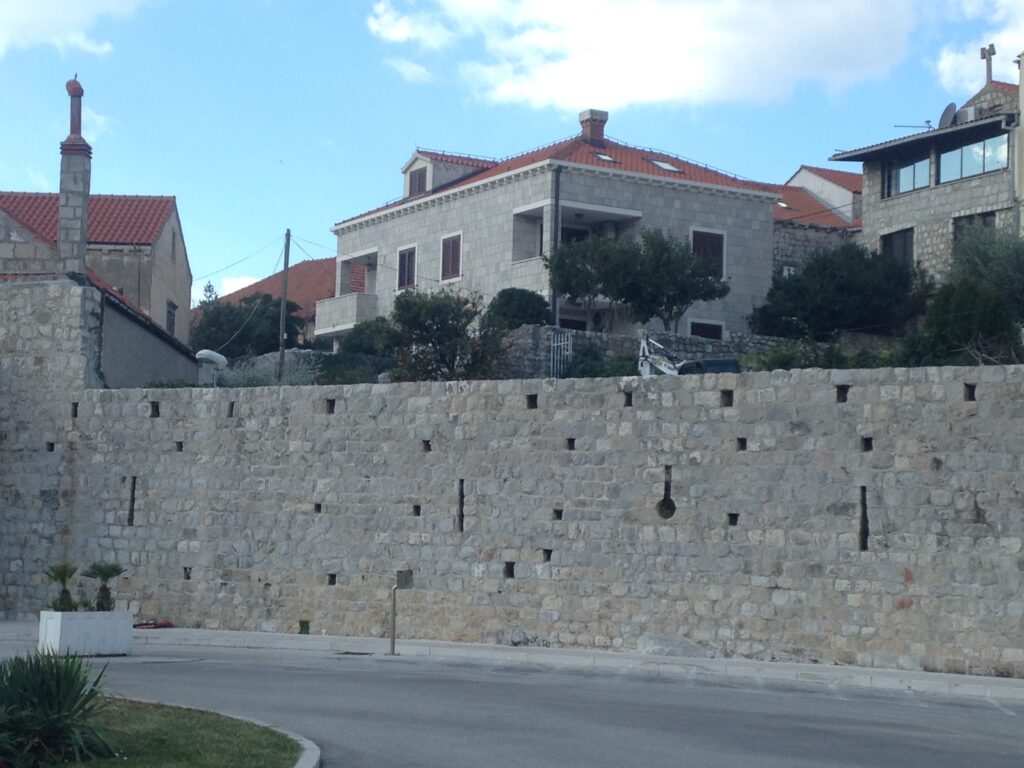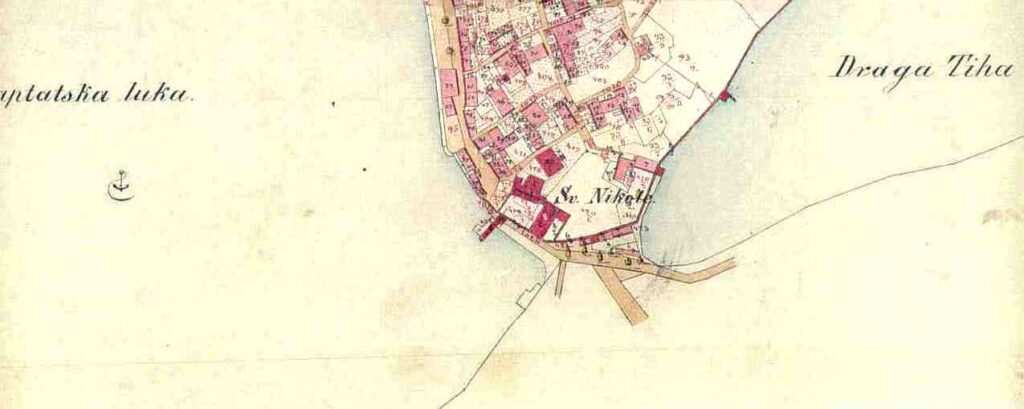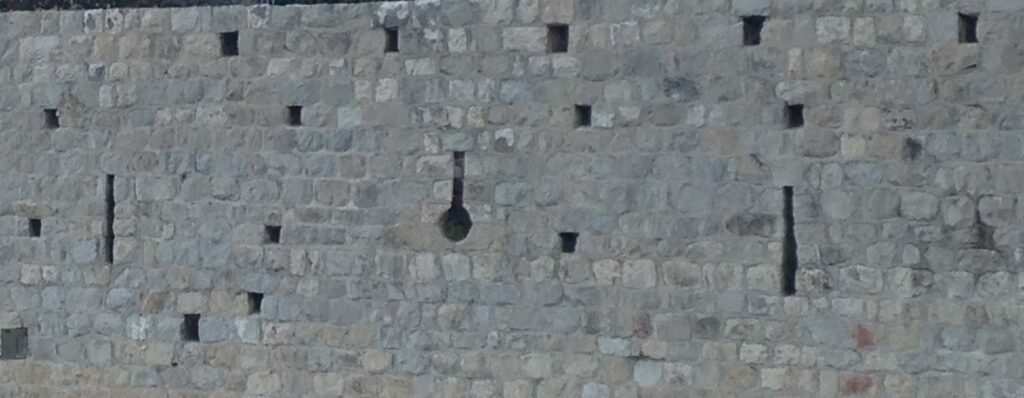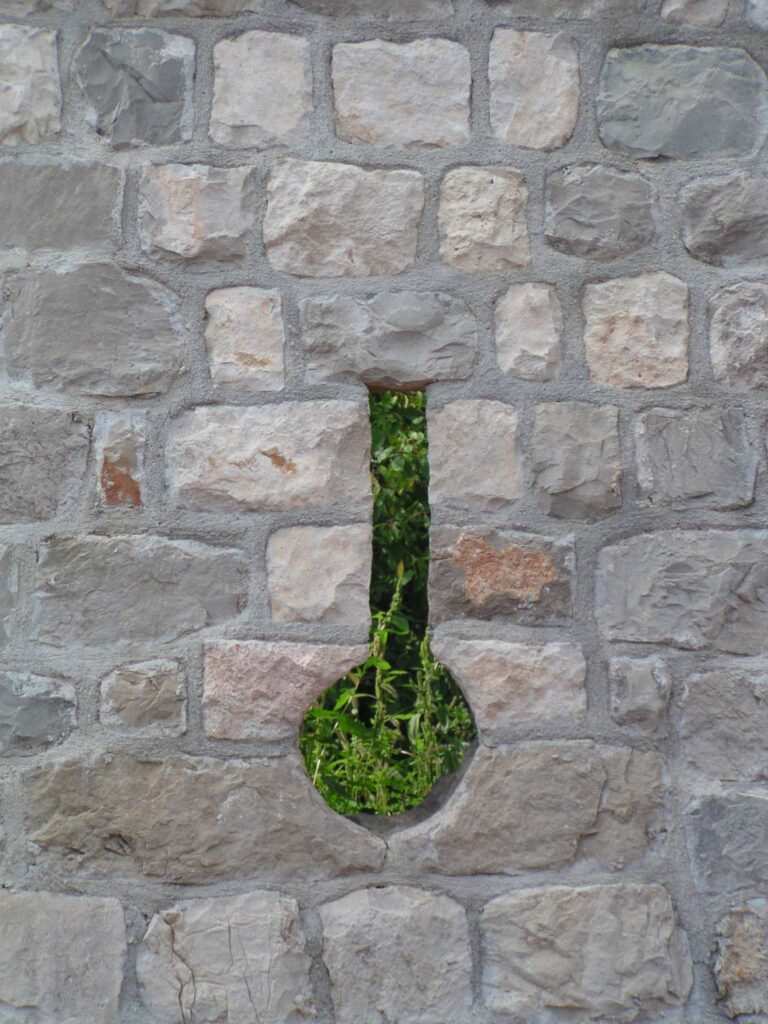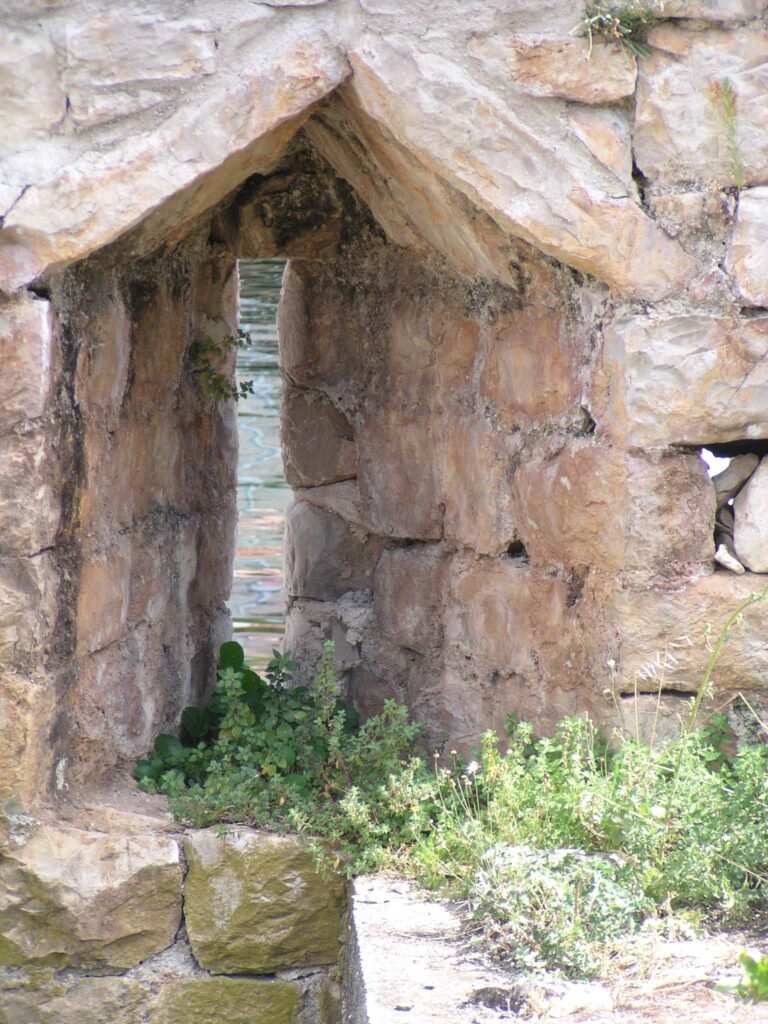The history of the urban image of Cavtat was marked by a settlement or urban structure bounded and guarded by walls since prehistoric times. The break in the aforementioned continuity is the period of the early Middle Ages, of which there is hardly any data. In the 13th century, Cavtat and Obod were part of the Astarea region, the oldest territory besides Dubrovnik itself, but they were lost in 1302.
At the beginning of the 14th century, the eastern part of Konavle belonged to Duke Sandalj Hranić, while the western part was in the hands of the brothers Petar and Radoslav Pavlović. In 1419, the Republic of Dubrovnik bought the eastern part of Konavle, and in 1426 it managed to buy the western part as well, thus annexing the long-lost Cavtat and Obod to its territory.
Shortly after the western part of Konavle was bought from Radoslav Pavlović, the Council began to consider how to fortify Cavtat. Two nobles were chosen who should examine whether the terrain was suitable for the construction of a defensive ditch in order to turn the peninsula into an island. Based on their report and the reports of the three men chosen to determine the exact method of the excavation and construction of the ditch, the construction of the wall began in the early 1430s. The Duke of Konavle was obligated to send 50 Konavle men aged 16 to 60 every three days to take turns in the excavation of the ditch. Since it was concluded that the wall was being built for the needs of the residents, i.e. for the needs of the workers themselves, the workers were not paid.
Regretting the aforementioned sale of the western part of Konavle, Radoslav Pavlović opposed the fortification of Cavtat, which soon escalated into an armed conflict. Nevertheless, the construction was continued despite the adversities. In 1441, following the immediate threat of Sultan Murat II, Cavtat’s residents started arming themselves more heavily. Cavtat was also visited by Onofrio della Cava in order to help draft reports and drafts for the final completion of the fortification.
Following the short-lived Ottoman threat, a dispute with Duke Stjepan Vukčić Kosača ensued in 1451; the dispute in question later grew into a war. When Vukčić Kosača retreated from the Cavtat area, he left behind demolished fortifications and houses. At the end of 1451, it was decided that a new wall would be built on the foundations of the old one and that three towers would be built. However, the new wall would be approximately 60 metres shorter than its predecessor on the east side.
In 1452, the first captain of Cavtat was elected. In the beginning, the captain had only a military function, and only later took over the administrative power, which remained so until the fall of the Republic. In 1454, the Senate decided that the wings of the wall, whose construction had already begun, should be extended even further into the sea, so that the city could be entered only through the gate. Moreover, in 1468, another tower, slightly larger than the rest, was built next to the north-east wing. Dungeons and cisterns were located in the two central towers. The city gate was located in the most westward tower, near the Rector’s Palace; the outer gate was in the east wall of the tower, while the inner one was in the north wall.
On the flat wall surfaces there were numerous loopholes of two different types – the loopholes with simple narrow openings and the inverted keyhole embrasures. During the 16th and 17th centuries, the Senate’s decisions concerning the walls were made mainly with regard to some minor repairs or armaments. An interesting fact concerning the Cavtat walls is that in 1579 Bernardo Rusko Pucić bequeathed money for the construction of a covered space, i.e. a porch, where the Konavle people and travellers waiting for the opening of the city gates could take refuge. It was intended to be 20 cubits long, leaning against the wall of the tower in which the gates and the prison were located.
The Austrian cadastral maps made in 1837 depict the entire stretch of the wall along with the towers. At that time, the wall was still unobstructed by houses, while the two wall wings extending towards the sea, as well as the four towers, were visible. Having lost its original function in a new time that had no understanding for antiquities, the wall fell into complete dilapidation.
In 1890, the Municipality of Cavtat bought the city gate, a part of the wall and the wall wing which extended towards the sea with the goal of beautification, only to demolish them in 1894. From 1909 to 1932, parts of the wall were sold to private individuals.
Serving as an example of Dubrovnik’s fortification architecture of its time, the Cavtat wall was protected as a cultural monument in 1953.
